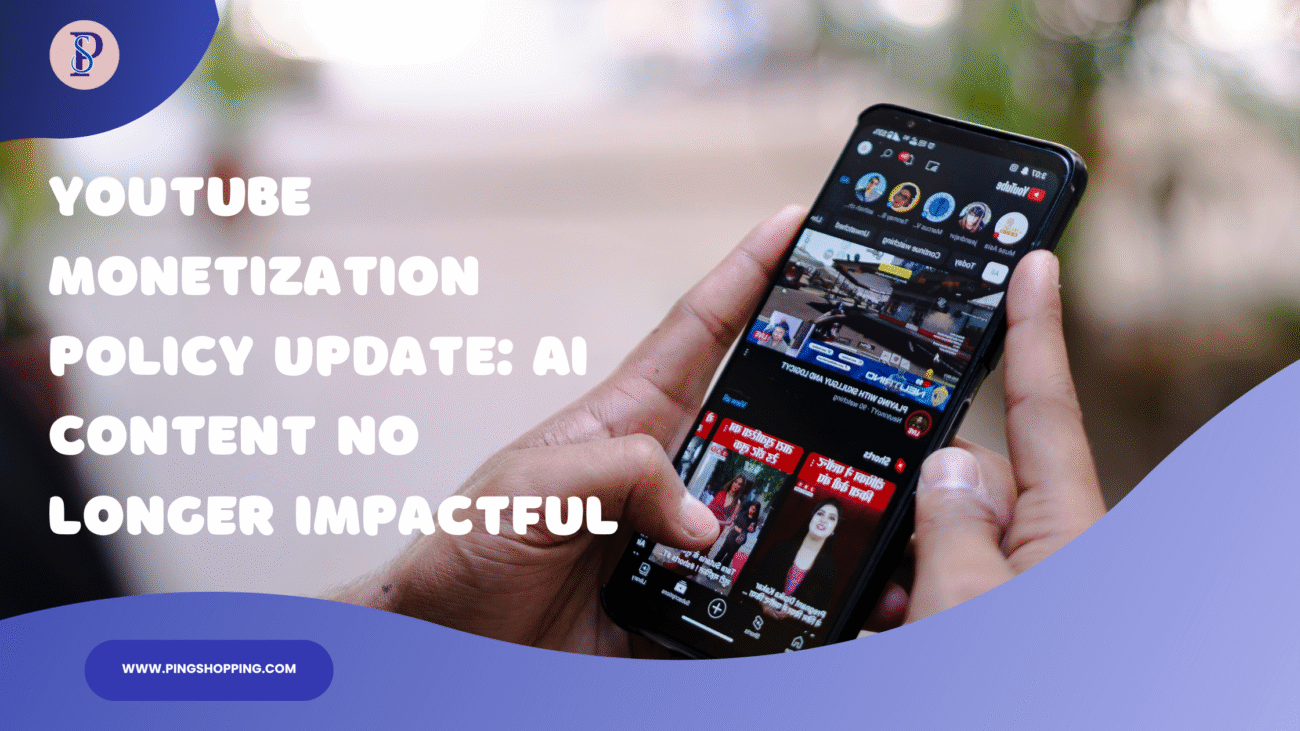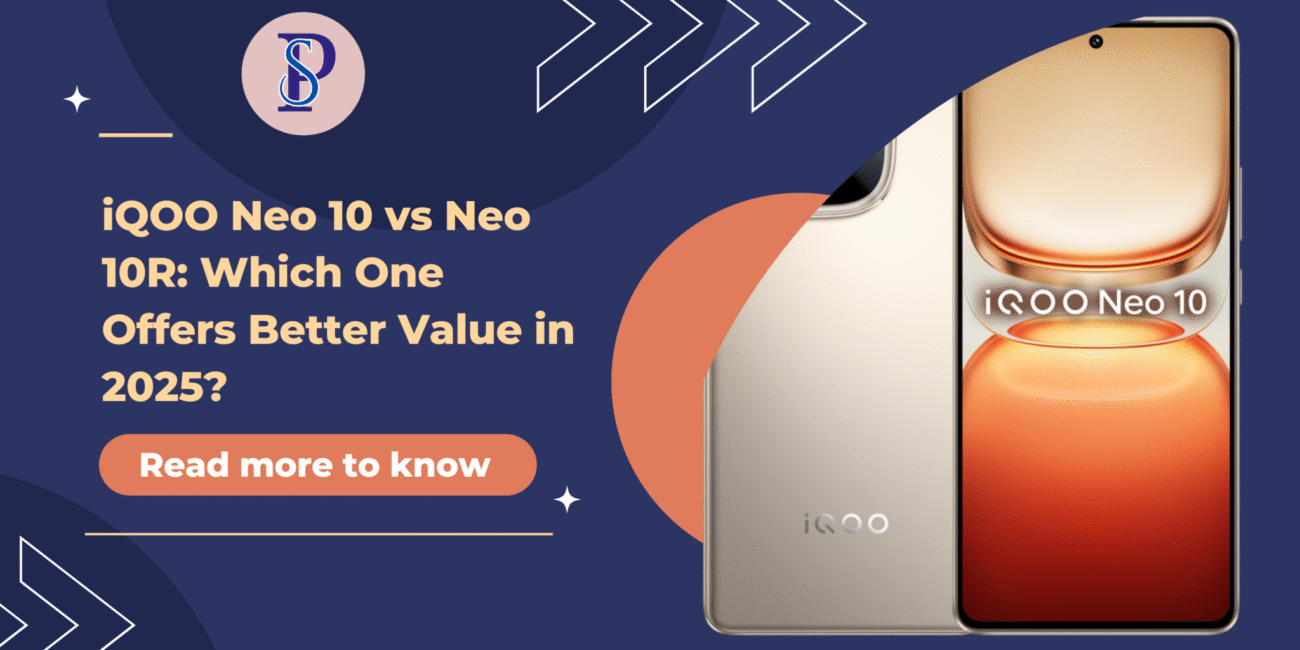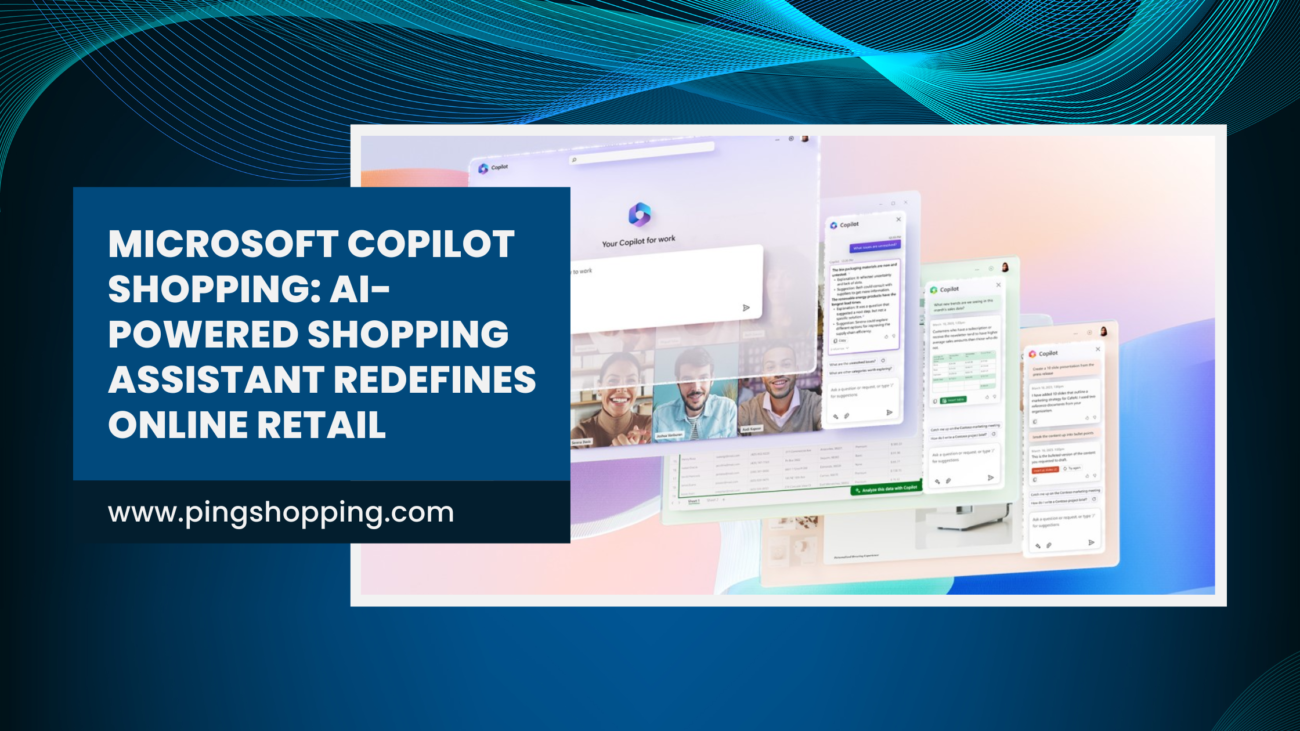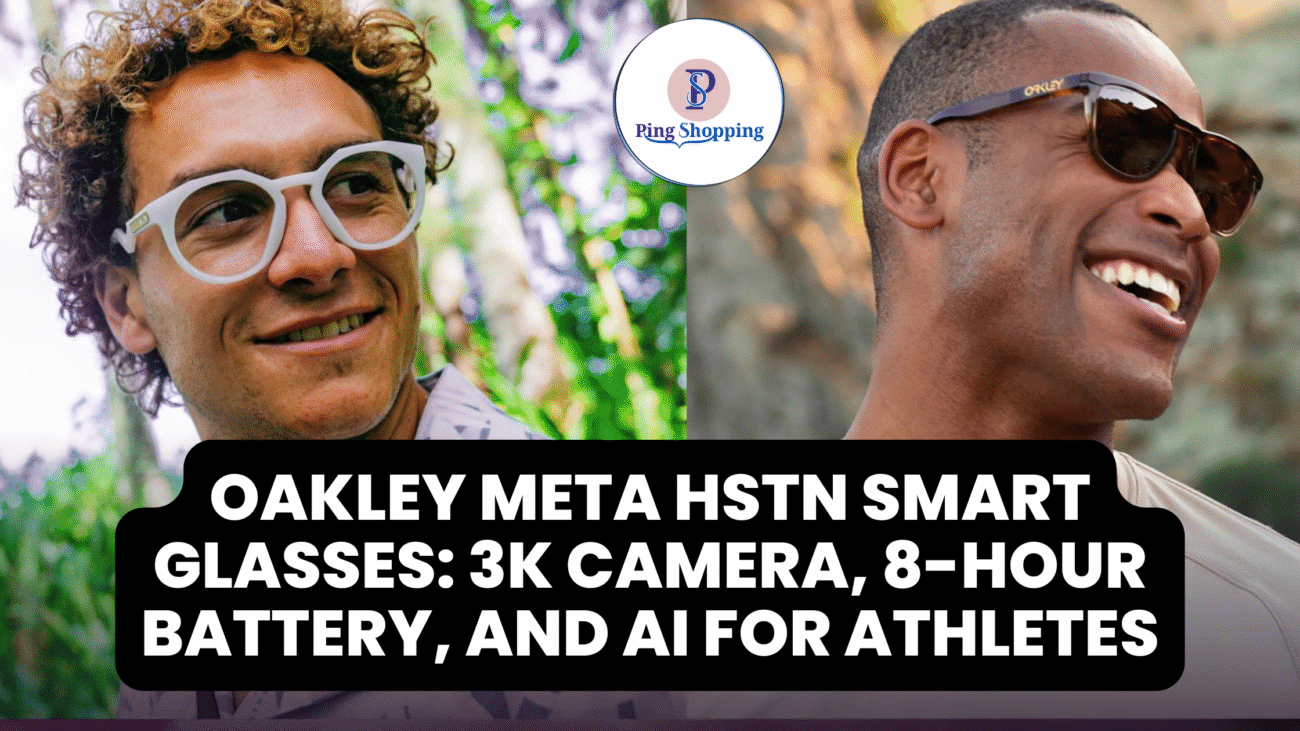By July 15, 2025, YouTube is setting a line in the sand. The company has unveiled wide-ranging changes to monetization policies under the YouTube Partner Program (YPP) aimed squarely at curbing low-effort, AI-based, and copied content. This move marks a shift in the way YouTube monetization works for its creators. This is an alarm call for those counting on automation or repurposed formats to make a living.
Table of Contents

In an age bogged down with AI programs, synthetic narrators, and content farms, YouTube wants to raise the stakes for genuine creators and stand up against the tide of generic content. So, what is changing—and how can you continue to get monetized in that new world?
What Kind of Content Will Get Demonetized?
YouTube’s new policy targets content it refers to as “inauthentic” or non-original, human, or of creative significance. Below is a summary of what will no longer be monetizable:
1. Mass-Produced Content
These are mass-produced videos using automation software. Examples:
- Slideshows created with computer voices and text-to-speech narration.
- AI-generate scripts without editing or character.
- Looping stock footage with auto-subtitles and no commentary.
If your material is something that can be produced through minimal or no human input, it’s in danger.
2. Patterns of Repetition
YouTube is gunning for creators who monetize:
- Remission montages with no voiceover.
- Straight copies of the same pattern with few changes.
- Remixes that regurgitate content with minimal thought, editing, or contribution.
Just because something is viewed doesn’t necessarily mean that it is creating value. YouTube is now valuing original thought over bought formulas.
3. Low-Value Edits
Removing a video’s filter, color grade, or cutting out sections of existing footage isn’t a transformation. These minor trims won’t be sufficient to earn ads.
4. Untransformed Third-Party Content
Sticking to other platforms’ content—TV series clips, TikTok clips, or music—without significant change or commentary will also result in demonetization.
What Content Is Still Monetizable?
The silver lining? YouTube is not entirely prohibiting AI. The company encourages innovation if you put value into it. Here’s what does:
- Educational Content: Tutorials, explainer videos, or research teardowns that teach new information or enable people to learn something particular.
- Original Entertainment: Vlogs, short films, animations, comedy skits, and live shows that are your voice and creativity.
- Commentary & Analysis: Responding to breaking news, responding to movies, or commenting on trends in your own voice and commentary.
- Mixed-AI with Human Input: Being provided with visuals or a summary by AI is acceptable if the human author adds new concepts, edits, or commentary.
At its core, YouTube values creativity over convenience.
Why Is YouTube Doing This Now
A lot of producers have exploited AI to create faceless channels and churn out hundreds of videos solely to monetize using adverts. Statista shows that in the fourth quarter of 2024 alone, over 9.5 million videos were taken down from YouTube, most of these for duplicate content or policy-breach content.

This shift is all about restoring trust in the YouTube ecosystem. The platform wishes to create a space where viewers feel certain that what they’re viewing is thoughtfully considered, informative, or entertaining, not just a cash grab for the day.
How Will This Impact Monetization?
- Stricter Reviews: Even if you reach 1,000 subscribers and 4,000 watch hours (or 10M Shorts views), your channel won’t be monetized until YouTube confirms that your content is high-effort.
- Risk of Demonetization: Channels in YPP today risk demonetization if they keep posting low-effort content.
- Revenue Loss: Most automation-focused channels that had earned passive income will have their Revenue Per Mille (RPM) plummet, or go away altogether.
Whereas CPM (Cost Per 1,000 Views) remains fickle ($0.50 to $10 based on audience and niche), only creators with content that meets its new, redefined quality will be remunerated by YouTube.
What Creators Can Do Now
If your content is built using AI scripting, it’s time to forget about it. Here’s how you can modify them:
- Show your face at the right time, and there is no need to use a fancy camera
- Add personal touches or voiceover to AI-created content.
- Cut with time—recut clips with commentary, motion graphics, or multi-layered graphics.
- Try out formats—try out new series, challenges, or collaborative videos.
At the end of the day, YouTube is reminding us that humans are more likely to react to humans rather than machines. The platforms that will win in the long term are where creators are being individual, passionate, and creative.
Last Thoughts
YouTube’s 15th of July monetization policy change is heralding a new era for online content creation—a world where genuineness will trump mechanism. This is not the end of anonymous or AI-supported content, but the end of easy money for minimal effort. So those who are putting hours of their hard work in creating an original piece of content will receive all the deserved attention.
Read more tech updates here: https://pingshopping.com/blog





